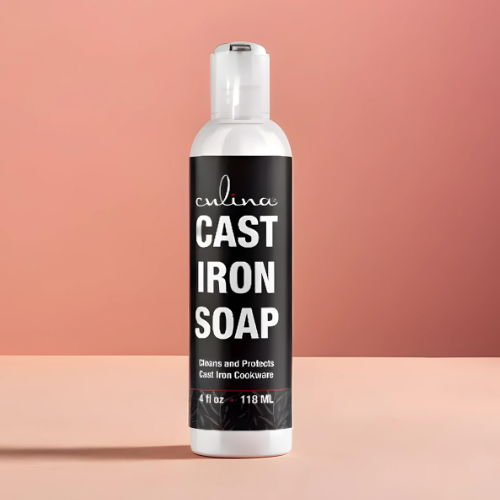If you’ve ever wondered why did my Dutch oven crack, you’re not alone. This common kitchen conundrum can leave many home cooks bewildered and frustrated. Understanding the reasons behind this unfortunate event and how to prevent it can ensure that your cherished Dutch oven remains a kitchen staple for years to come.

Introduction to Dutch Ovens
Dutch ovens are highly versatile kitchen tools prized for their ability to evenly distribute heat and cook food to perfection. From braising meats to baking bread, these heavy-duty pots are a go-to for many culinary enthusiasts. However, despite their robust construction, even the best Dutch ovens can sometimes succumb to cracks.
:max_bytes(150000):strip_icc()/Web_1500-Testing-LeCreuset7.25QuartRoundDutchOven-16-WillDickey-1238-272-39e8c8ce0ce742f89c02f23acbee4664.jpg)
Common Causes of Cracked Dutch Ovens
Thermal Shock
The most frequent reason for a Dutch oven to crack is thermal shock. This occurs when the pot undergoes a sudden temperature change. For instance, placing a cold Dutch oven into a hot oven or pouring cold water into a hot pot can cause the material to expand and contract quickly, leading to cracks.
Manufacturing Defects
While rare, some Dutch ovens may have manufacturing defects that make them more susceptible to cracking. These imperfections can weaken the structural integrity of the pot, causing it to crack under normal cooking conditions.
Improper Care
Improper cleaning and maintenance can also be culprits. Using abrasive cleaning tools or exposing the pot to extreme conditions can damage the enamel coating, making it more likely to crack over time. For tips on properly cleaning your Dutch oven, you can check out this guide on cleaning a Dutch oven.

Preventing Dutch Oven Cracks
Avoiding Thermal Shock
One of the most effective ways to prevent cracks is to avoid rapid temperature changes. Always allow your Dutch oven to come to room temperature before heating it up or cooling it down gradually to avoid thermal shock.
Proper Maintenance
Regular maintenance can also go a long way in preserving your Dutch oven. Avoid using metal utensils and abrasive cleaning tools, which can damage the enamel coating. Instead, opt for wooden or silicone utensils and gentle cleaning pads.
Use Oven Mitts
Always use oven mitts when handling your Dutch oven, especially when it’s hot. This will prevent accidental drops that could lead to cracks.
When to Replace a Cracked Dutch Oven
If your Dutch oven does crack, it may be time to replace it. Small cracks can sometimes be repaired, but larger cracks often mean the pot has reached the end of its lifespan. Investing in a new Dutch oven can ensure that you continue to enjoy its fantastic cooking capabilities safely and effectively.
Conclusion
Understanding why your Dutch oven cracked is the first step in preventing future occurrences. By taking proper care and avoiding sudden temperature changes, you can ensure that your Dutch oven remains a reliable kitchen companion for years to come.
FAQs
1. Can I use a cracked Dutch oven?
Using a cracked Dutch oven is generally not recommended, as it can pose a safety risk. It’s best to replace it.
2. How can I prevent my Dutch oven from cracking?
To prevent cracks, avoid rapid temperature changes, use gentle cleaning methods, and handle with care.
3. Are certain brands more susceptible to cracking?
While manufacturing defects can occur in any brand, high-quality Dutch ovens from reputable manufacturers are less likely to crack.
As an Amazon Associate, I earn from qualifying purchases.

